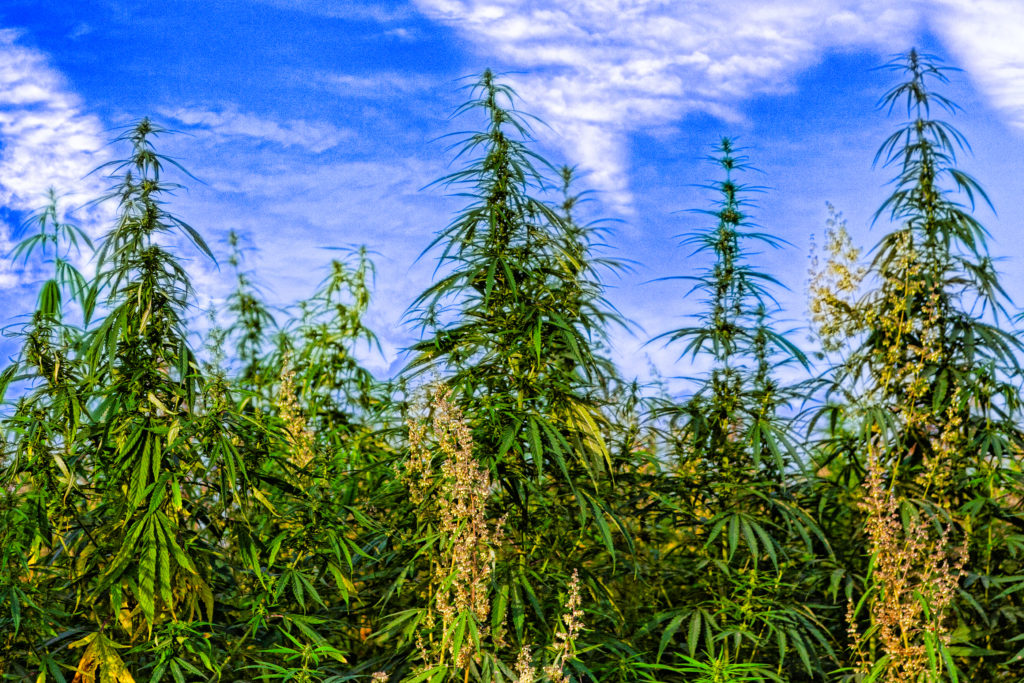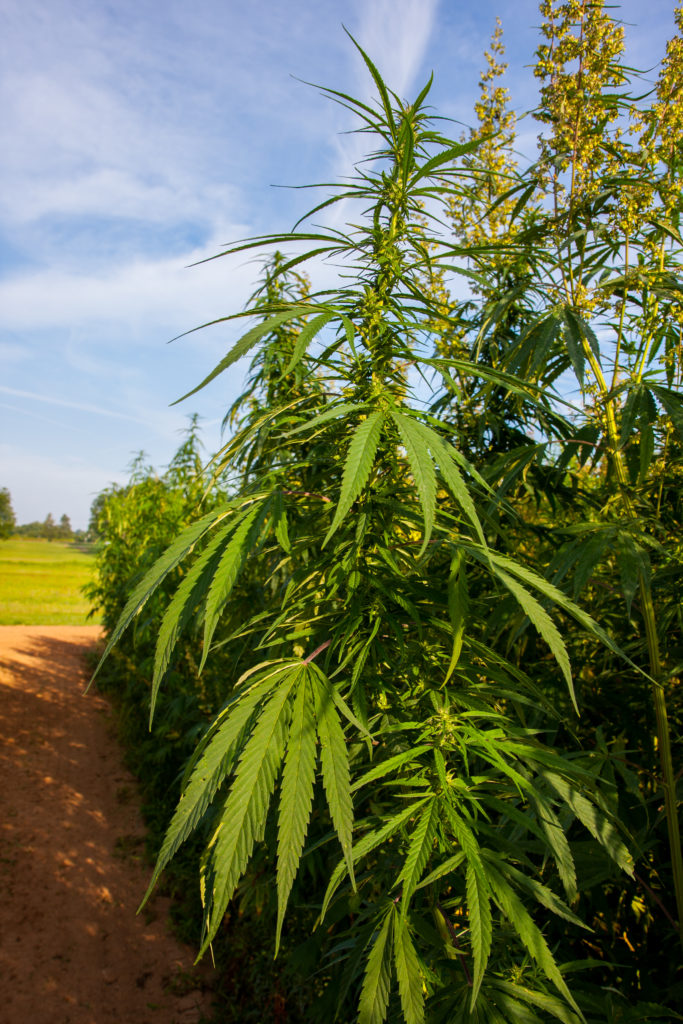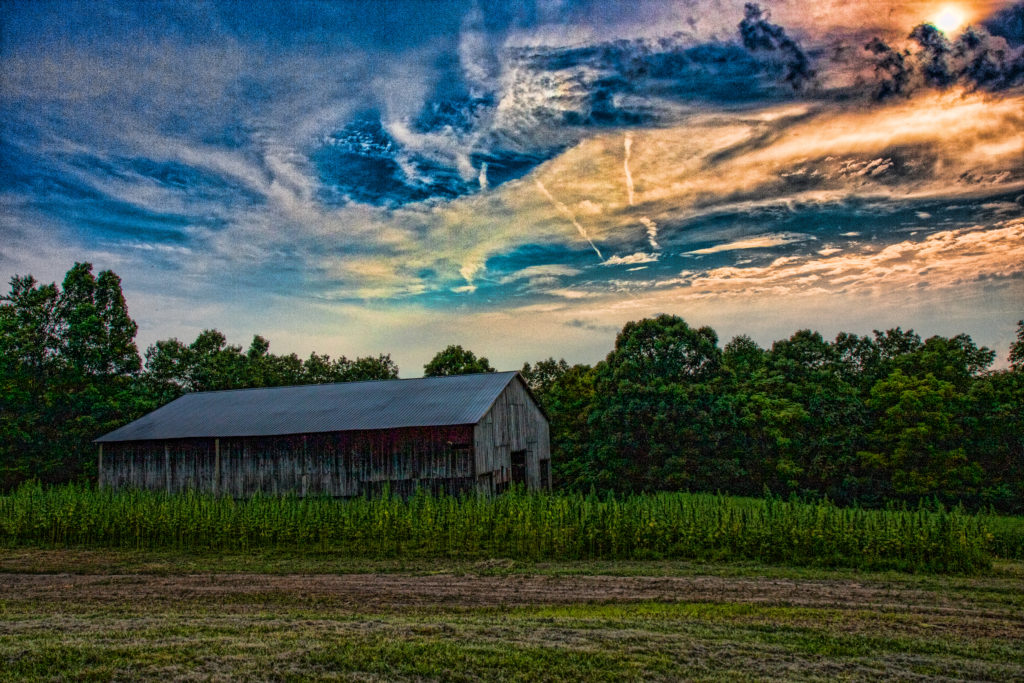
Several new states will begin hemp cultivation in 2016
By Eric Steenstra
After decades of prohibition, hemp is once again being grown on U.S. soil in states like Colorado, Kentucky, Indiana, Oregon and Vermont.
2015 crop report
Colorado
State-licensed and academic research
166 registrants
3,657 acres approved
2,300 acres harvested (estimate by Colorado Department of Agriculture)
13.1 acres of licensed indoor cultivation (some was replanted outdoors)
Participating universities: Colorado State University
Hawaii
Academic research only
Participating universities: University of Hawaii
Indiana
Academic research only
4 acres approved
4 acres planted
Participating universities: Purdue University
Kentucky
Pilot programs and academic research
127 registrants
1,742 acres approved
922.3 acres planted
Participating universities: University of Kentucky, Murray State University, Eastern Kentucky University, Western Kentucky University, St. Catharine’s College, University of Pikeville
North Dakota
Academic research only
2 acres approved
2 acres planted
Participating universities: North Dakota State University
Oregon
State-licensed and academic research
11 registrants
50 acres or less planted
Participating universities: Oregon State University
Tennessee
Pilot programs and academic research
41 registrants
1,400 acres approved
700 acres planted
Participating universities: Middle Tennessee State University, University of Tennessee
Vermont
State registration and academic research
23 registrants
20 acres approved
Participating universities: University of Vermont
Initially, the strongest demand has been for hemp grain for foods and body care, as well as hemp flowers for cannabinoids. Several universities are researching the production of cannabinoids from hemp, in addition to developing new harvesting technology. Other programs have focused on cultivating varieties best suited for regional growing conditions and developing new varieties that will do best in the region and meet market requirements.

The Colorado Department of Agriculture has also announced the expansion of its program, and will be introducing a hemp seed certification program in the near future.
The Marihuana Tax Act first restricted hemp farming in 1937. Federal Bureau of Narcotics head Harry Anslinger promised farmers that they could “go ahead and raise hemp just as they have always done it,” but the law required farmers to register, pay a tax and get a stamp that branded them as producers of marijuana.

Eric Steenstra is the executive director of the Hemp Industries Association, the largest hemp trade group in North America. He is also on the board of Vote Hemp, which is working to change state and federal laws to once again allow commercial industrial hemp farming in the United States.

